This article was published in the 184th issue of The Universe Space Tech magazine. It was written by Liliia Kazantseva, a researcher at the Astronomical Observatory of the National University of Kyiv, head of the Museum of the National University of Kyiv.
Serhiy Vsekhsvyatsky was one of the founders and first lecturers of the Kyiv Planetarium, an outstanding popularizer of science and a world-renowned comet researcher, author of the most complete comet catalog of his time. He was a man who was not afraid to put forward strange and unexpected scientific hypotheses, which were later confirmed by spacecraft studies. Read about this and other little-known details of the scientist’s biography below.
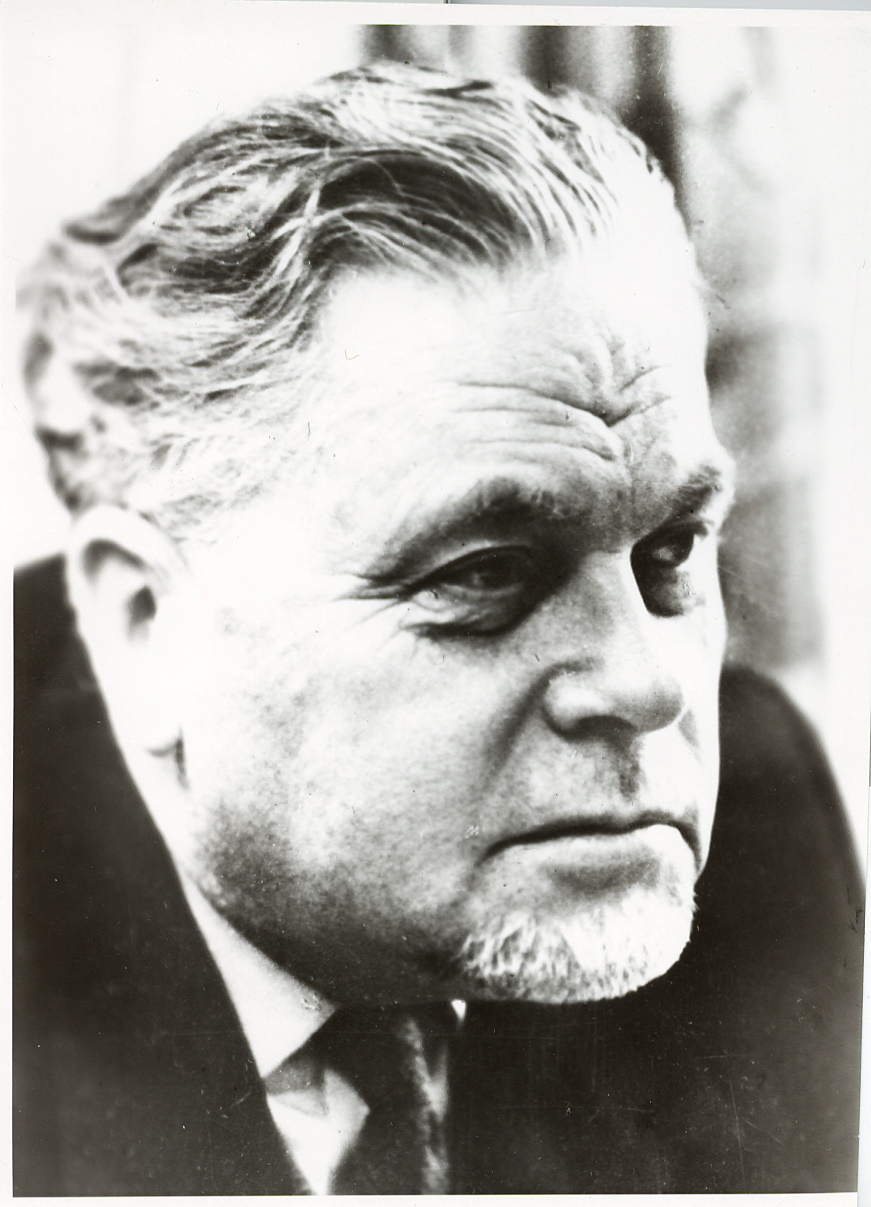
Son of a priest
The future astronomer was born in Moscow on June 20, 1905, in the family of a priest. In total, the family grew up with seven children: four sons and three daughters.
Difficult times
At the beginning of the First World War, the country faced difficult times. Thirteen-year-old Serhii, a third-grade student at a gymnasium, had to work to help his family. He worked as a courier, delivered newspapers, worked as a timekeeper, and even as a construction worker. Vsekhsvyatsky’s love for the stars began at the age of 15 when he met the Moscow Society of Astronomy Lovers (MSAL), which grew out of a club that was founded in 1908. The Society was provided with observing platforms with telescopes by the Real and Commercial Schools, the Petrographic and Konstantinovsky Institutes, and several private observatories. At the end of 1919, by a resolution of the Council of Moscow University, the MSAL was officially affiliated with a number of scientific societies at the university. In 1922, Vsekhsvyatsky was admitted to the Faculty of Physics and Mathematics at Moscow State University, where he studied with the future astrophysicist and author of astronomy textbooks Boris Vorontsov-Veliaminov.
First comet studies
In 1923, under the guidance of Professor Sergei Orlov (at that time an employee of the Moscow Astronomical and Geodetic Research Institute), Sergei Vsekhsvyatsky performed his first scientific study, analyzing the shells in the “head” of Halley’s Comet. The following year, his work was published in the famous astronomical journal Astronomische Nachrichten. In the article “The Brightness of Comet Encke”, the scientist analyzed 34 of its appearances since 1786 and determined the magnitude of the age-related change in its total brilliance. He concluded that the brightness of comets depends on their age — it weakens over time, while the size of the coma remains unchanged.
Solar eclipses
Serhii Vsekhsvyatskyi was lucky enough to take part in the last foreign expedition to the zone of total eclipse of the Sun in the pre-war USSR on June 29, 1927. The trip to the Swedish city of Malmberget was organized by the Pulkovo Observatory in cooperation with the Moscow Astrophysical Institute. The next time the astronomer managed to see the solar corona was on June 19, 1936, when the lunar shadow passed over the territory of the Soviet Union. The scientist also participated or organized observations of total eclipses in 1945, 1952, 1954, 1961, and 1968.
Scientific recognition
In 1930, Serhii Konstantinovych defended his PhD thesis on the evolution and origin of comets, and in 1935 he received the degree of Doctor of Physical and Mathematical Sciences based on a set of published scientific papers (one of the most important of which was a catalog of the absolute magnitudes of 442 comet occurrences). In the same year, among eight other astronomers in the country, he was elected a member of the International Astronomical Union and began working as a researcher at the Pulkovo Observatory, and soon became its deputy director.
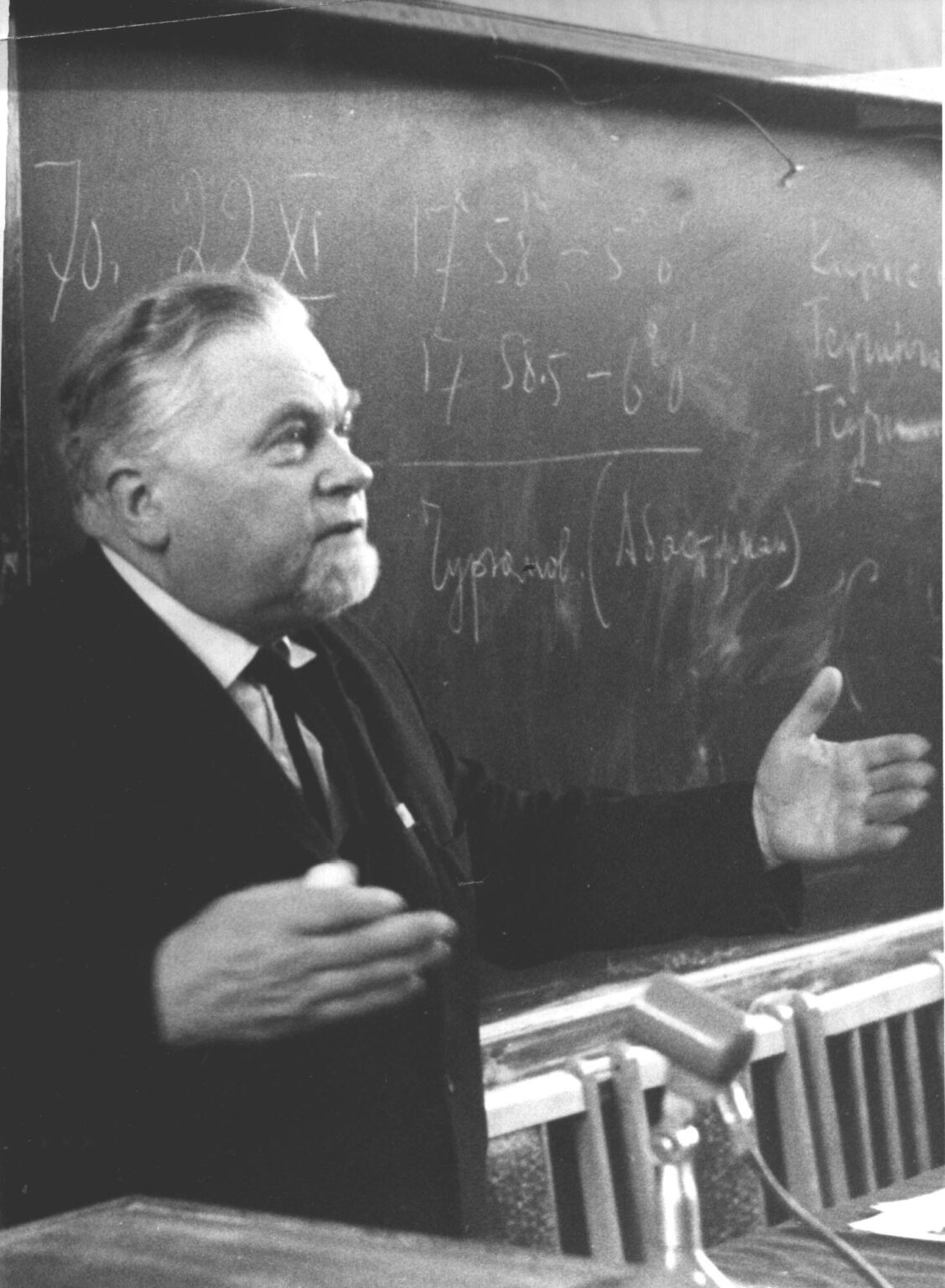
First hypotheses
Analyzing observations of the solar corona in 1936 in collaboration with his colleagues, Vsekhsvyatsky concluded that it rotates with the Sun, and the coronal rays are streams of solar plasma that can reach the Earth’s orbit under certain conditions and cause disturbances in the Earth’s magnetic field. Later, in 1953-1957, together with his graduate students E. Ponomarev and G. Nikolsky, the scientist developed the theory of the dynamic corona, which actually preceded the discovery of the solar wind.
Moving to Kyiv
In 1939, Serhii Vsekhsvyatskyi was elected by competition to the vacant position of head of the Department of Astronomy at Kyiv State University and director of the university’s astronomical observatory, where he lived with his family until his last days. He managed to increase the staff, order new equipment, repair old ones, and build several new observatory pavilions. Under the threat of the German occupation of Kyiv, Serhii Konstantinovych personally chose the equipment for evacuation and after a while organized the work of the observatory near Sverdlovsk in the Urals. In 1944, the small Kyiv astronomical team returned to their hometown, “reinforced” by young graduates of the Ural University. In 1946, Serhii Konstantinovych was appointed a professor at the Department of Astronomy at the Kyiv State University, and he remained director of the observatory until 1952. His efforts led to the purchase of new astronomical instruments, the launch of the Sun Service, the opening of a scientific and technical workshop, and a significant increase in the scientific library’s collections.
The “father” of the Kyiv Planetarium
Coming from an amateur astronomy background, Vsekhsvyatskyi was well aware of the need to popularize scientific knowledge. Even before the war, he contributed in every way to the opening of the planetarium in Kyiv, and in 1946 he helped to transport a projection apparatus to the city and install it in the university observatory, where the Kyiv Planetarium operated for the first three years. The scientist was also one of the founders of the Znannia Society (The Knowledge Society) and for a long time headed the Astronomical Section of the Kyiv branch of the All-Union Astronomical and Geodetic Society.
A lifetime work
In 1958, Serhiy Vsekhsvyatsky published the monograph Physical Characteristics of Comets, which he had begun working on in 1924. In 1966, 1967, 1974, and 1977, four more additions to this unique catalog were published. As a result, we have a historiography of 620 independent comets observed from 466 BC to 1975, with the most complete information available at the time about the circumstances of their discovery, elements of their orbits, and all subsequent observations. The work also contained the world’s first catalog of the absolute magnitudes of all the “tail stars” observed up to that time. It is now used as a reference and the basis for many studies on the dynamics of comets and the evolution of their orbits. For these studies, the scientist was awarded the Bredikhin Prize of the USSR Academy of Sciences. Since 1963, under Vsekhsvyatsky’s leadership, the Comet Circular was published, which contained up-to-date information on the discovery of comets, their observations, and other research. After Vsevkhsvyatsky’s death in October 1984, his most famous student, Ukrainian astronomer Klym Churyumov, continued this work.
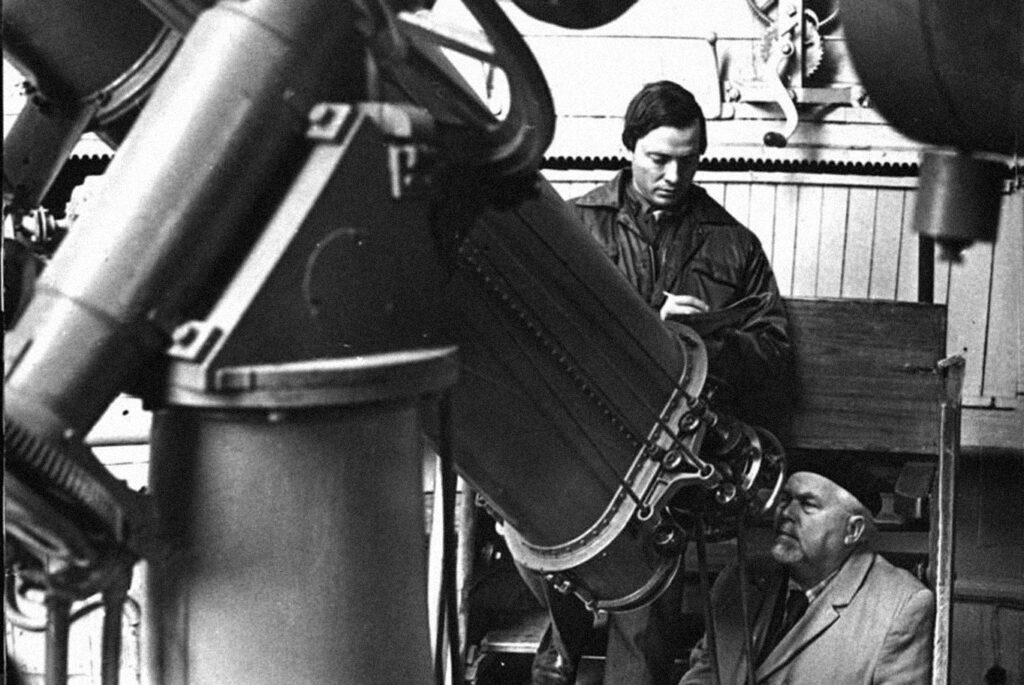
According to the memoirs of his contemporaries, Serhii Konstantinovych dreamed of discovering a comet himself, so he made it a rule to observe the sky every evening and at dawn. Whenever the sky was clear, he would carefully examine the western part of the sky with binoculars in the evening and the eastern part in the morning, and at the same time make a visual assessment of the brilliance of already discovered comets using his original method, which was included in textbooks under the name “Vsekhsvyatsky-Stevenson-Sigdvik method”. It was his daily sky monitoring that allowed the scientist to become one of the discoverers of the comet NOVA in the constellation Cygnus. But he was not destined to be the author of the discovery of the “tailed star”.
Comet hypotheses
For some time, the scientific community had an idea of comets as “swarms of small ice floes.” Sergei Vsekhsvyatsky defended the hypothesis of a solid icy cometary nucleus, which he expressed in 1948 (it was finally confirmed after spacecraft flew near Halley’s Comet in March 1986).
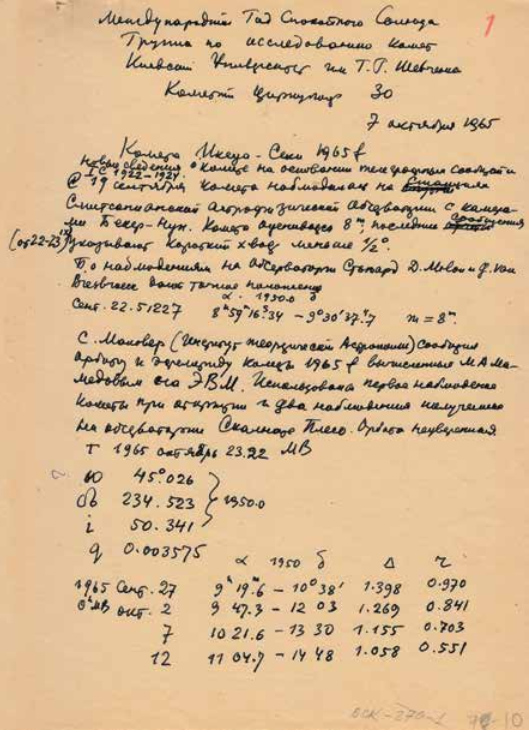
In 1932, the scientist drew attention to the hypothesis of the French mathematician and astronomer Lagrange about the formation of comets as a result of volcanic eruptions on the icy satellites of giant planets. Although it was not confirmed, it allowed Vsekhsvyatsky to make a number of assumptions that later proved to be true, such as the presence of rings not only on Saturn but also on all the outer planets. The ring system of Uranus was discovered during observations from an infrared airborne observatory in 1977, and Jupiter’s rings (and volcanoes on its moon Io) were photographed by the Voyager 1 spacecraft in March 1979. For actually predicting the Jupiter rings, the scientist received the Medal for the Discovery of New Astronomical Objects.
Other scientific interests
Sergiy Konstantinovich studied active processes in comets and linked them to the level of solar activity and conditions in interplanetary space, and studied the Sun’s influence on the atmosphere, ionosphere, and magnetic field of the Earth. The scientist initiated the study of aurorae at the Tiksi Arctic Observatory, where two base stations were built at a distance of 40 km to measure the height of atmospheric phenomena. He managed to identify the peculiarities of the aurora structure, its development, alternation of forms, and the structure of arc and ray elements. In the 1960s and 1970s, under Vsekhsvyatsky’s leadership, a number of magnetospheric experiments in near-Earth space were prepared and carried out.
Awards and honors
The Main Belt asteroid 2721, discovered at the Crimean Astrophysical Observatory, where the scientist often worked, was named after Vsekhsvyatsky. The Kyiv National University regularly organizes Vsekhsvyatsky readings, and in 2005 a plaque was unveiled on the building of the observation station in Lesniki near Kyiv, which was founded on the initiative of Serhiy Konstantinovich. In the same year, the National Bank of Ukraine issued a commemorative coin in honor of the outstanding astronomer’s centenary.
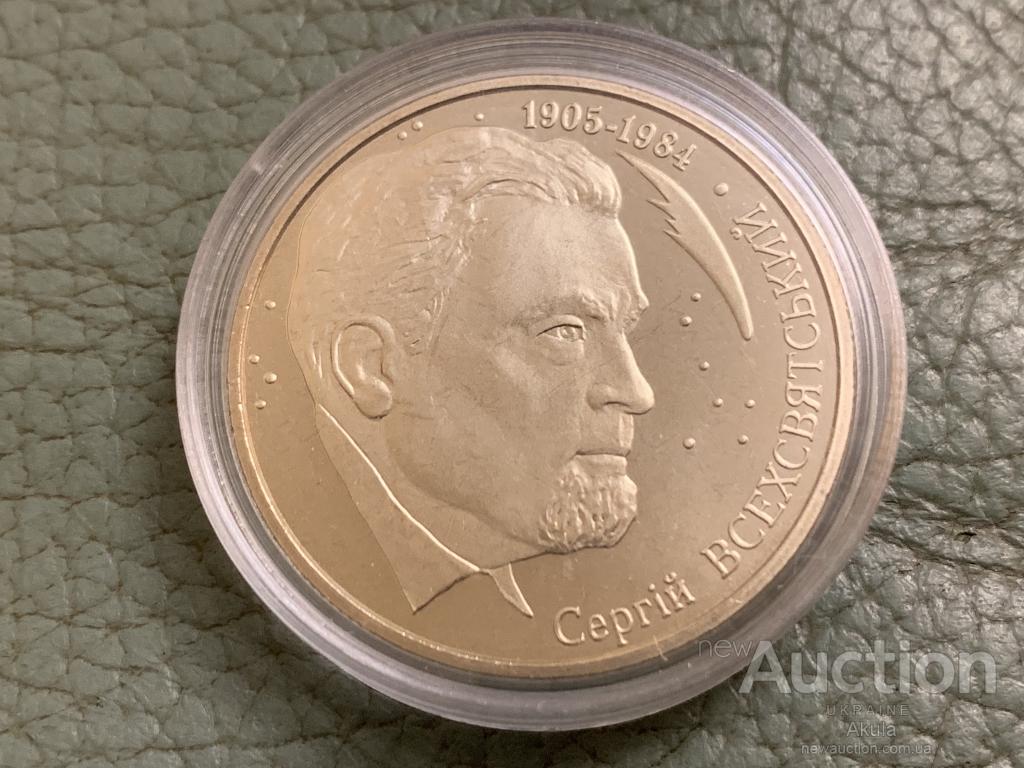
A fantastic prototype
According to Kyiv astronomer Serhiy Tryashin, Vsekhsvyatsky could have been the prototype of Professor Vibegallo, one of the characters in the Strugatsky brothers’ novel Monday Begins on Saturday. Indeed, in the descriptions of the fantastic professor, there are certain details of the astronomer’s appearance, peculiarities of his speech and behavior, and the word “volcanic” is often used. It is now impossible to say whether the authors had reasons to mock the real Professor Vsekhsvyatsky or whether their condescendingly ironic attitude applied only to the literary hero.
